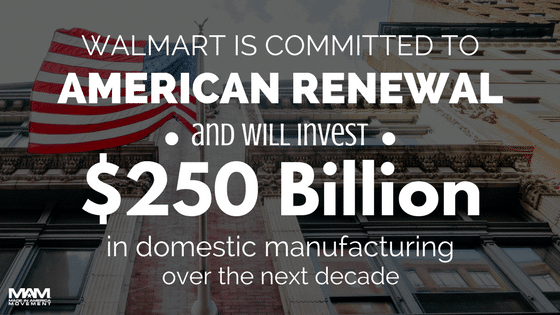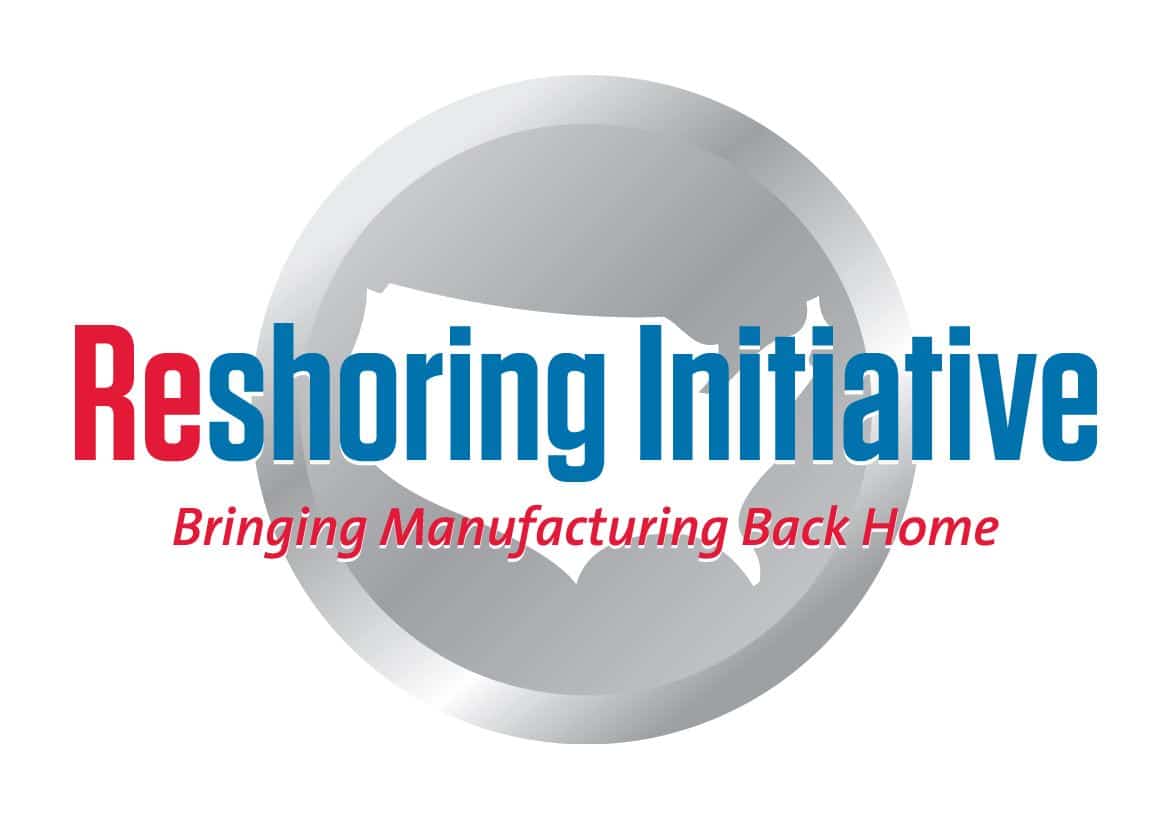America's STEM Talent Pool Too Shallow to Meet Demand
The U.S. News/Raytheon STEM Index shows that STEM employment in the United States has gone up by more than 30 percent, from 12.8 million STEM jobs (as defined by the U.S. government) in 2000 to 16.8 million in 2013, and a February report by Burning Glass Technologies indicated the STEM job market is actually far larger than that. Kelly also points out that the analytical reasoning and problem-solving skills associated with science, technology, engineering and mathematics are increasingly important for jobs that aren’t traditionally defined as being in STEM fields.
“People are measuring the number of Ph. D. engineers and scientists out there, but the mechanics putting the wings on the airplanes need STEM skill sets, too,” he says. “This is not simply an issue about guys with lab coats and pocket protectors. This is way beyond that.”
Launched with support from the Raytheon Company, the new U.S. News/Raytheon STEM Index measures annual changes in key indicators of STEM activity in the United States relative to the year 2000; it is not a comprehensive measure of all STEM economic or STEM education activity in the United States and does not determine whether explicit STEM goals are being met. The Index is made up of 93 sub-indices and thousands of data points divided into eight components: ACT math and science scores, Advance Placement (AP) test scores in STEM subjects, college and graduate degrees granted, U.S. employment in STEM fields, Program for International Student Assessments (PISA) math and science scores, SAT math scores, National Assessment of Educational Progress (NAEP) math scores and interest in STEM at the high school level. It relies on data from the U.S. Bureau of Labor Statistics, the National Center for Education Statistics, the College Board, the National Research Center for Colleges & University Admissions, the ACT and the Organization for Economic Co-operation and Development.
As with other widely followed indices like the S&P 500 or the Consumer Price Index, the weights and components for future U.S News/Raytheon STEM Indices will likely change as more numerous and refined indicators become available. “For instance, we know that the way the federal government classifies STEM jobs undercounts them, possibly by a lot,” Kelly explains.
“Science, technology, engineering and math form the foundation of the global economy,” says Raytheon Chairman William Swanson. “Yet, as the STEM Index suggests, if educational trends continue, fewer qualified candidates will be available to support growth in these areas. It’s critical to our business and the United States’ long term economic outlook that we inspire young people to engage in STEM and dedicate resources to supporting them throughout their academic lives.”
Even with the most weight given to the broadest indicators — STEM employment and STEM degrees granted — the Index shows there has been only modest gains in overall STEM activity since 2000.
The component index for AP tests offers one such example. “In 2000, around 423,000 STEM AP tests were taken,” Morse explains. “In 2013, that number ballooned to 1.2 million. This shows us that despite our graph looking like AP STEM is in a major downslide, in reality there has been real growth in numbers. This is an indication of the rapidly growing popularity of all AP tests in general and that the growth in STEM AP tests is not keeping pace.”
Still, the relatively flat overall Index calls into question the effectiveness of multiple plans to increase STEM awareness and activity in the U.S., including President Barack Obama’s 2009 Educate to Innovate initiative. While the actual number of STEM degrees granted, employment in STEM fields, and the number of STEM-related AP tests have gone up since 2009, other indicators — like SAT and NAEP scores — have stagnated, and other key areas have declined.
“There’s not much evidence so far that government actions have had a significant effect,” Kelly says, stressing that some initiatives, like the Common Core State Standards, which were created in part to address the national STEM education crisis, have not been yet fully implemented.
According to the U.S. News/Raytheon STEM Index, high school student interest in STEM fields reached a low point in 2004, dropping nearly 19 percent from the base-year calculations. Interest levels climbed steadily until 2009, when they began to decline again. In spite of the intense drive to encourage students to study science, interest levels fell between 2009 and 2013 and are now just slightly below where they were in 2000.
The lack of progress among female and minority students is especially troubling in the long term.
“A big part of the problem is the continuing split that puts Asian-Americans and white males on the side of those who are driven to acquire STEM skills, and women, blacks and Latinos on the other side of the dividing line” says Kelly. “T
he labor pool going forward will not be made up mainly of white males and Asian-Americans. The labor pool will be increasingly Latino, and that group is not advancing in STEM fields right now.”
As high school students’ interest in STEM has waned, their scores on international assessments like PISA have dropped, the U.S. News/Raytheon STEM Index shows. According to the latest PISA data, released in December, students in other countries continue to outperform those from the United States in math and science.
“The big picture of U.S. performance on the 2012 PISA is straightforward and stark. It is the picture of educational stagnation,” Secretary of Education Arne Duncan said at the time. “In a knowledge-based, global economy, where education is more important than ever before, both to individual success and collective prosperity, our students are basically losing ground.”
But Kelly cautions that the issue is more complicated than just “us vs. them.” While international assessments like PISA show the U.S. is falling behind, other data used in the U.S. News/Raytheon STEM Index, like NAEP scores, show an improvement over time.
“Even with gains domestically, we can still be losing ground against our international competitors,” Kelly explains.
“There are many very good initiatives and lots of work being done to address the problem,” he continues. “But as the data show, it’s still not enough. There is a mismatch of skills and jobs, of supply and demand, and the challenge is to get them aligned again.”









Leave a Reply
Want to join the discussion?Feel free to contribute!